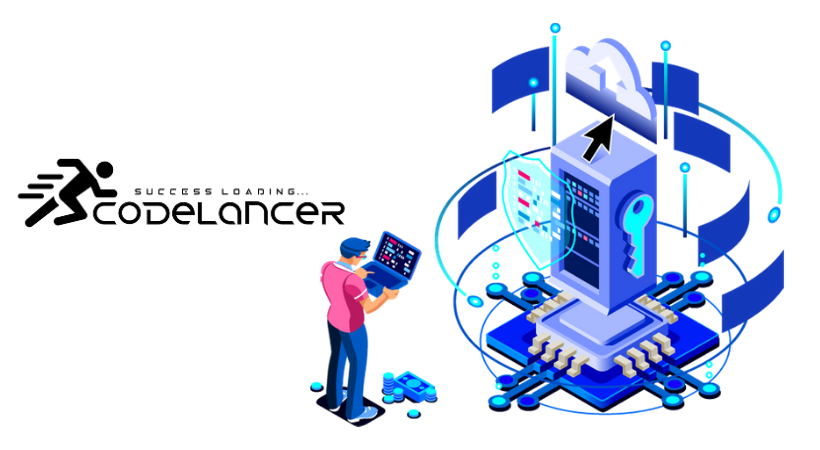Security poses a major challenge to the widespread adoption of cloud computing, yet an association of cloud users and vendors sees the cloud as a provider of information security services. The Security-as-a-Service Working Group of the Cloud Security Alliance, a not-for-profit association formed by cloud-computing stakeholders, issued a report Monday that defines 10 categories of security services that can be offered over the cloud.

CODELANCER provide controls for assured identities and access management. Identity and access management includes people, processes and systems that are used to manage access to enterprise resources by assuring the identity of an entity is verified and is granted the correct level of access based on this assured identity. Audit logs of activity such as successful and failed authentication and access attempts should be kept by the application/solution.
This is the monitoring, protecting and verifying the security of data at rest, in motion and in use in the cloud and on-premises. Data loss prevention services offer protection of data usually by running as some sort of client on desktops/servers and running rules around what can be done. Within the cloud, data loss prevention services could be offered as something that is provided as part of the build, such that all servers built for that client get the data loss prevention software installed with an agreed set of rules deployed.
This is real-time protection offered either on-premise through software/appliance installation or via the cloud by proxying or redirecting web traffic to the cloud provider. This provides an added layer of protection on top of things like AV to prevent malware from entering the enterprise via activities such as web browsing. Policy rules around the types of web access and the times this is acceptable also can be enforced via these web security technologies.
CODELANCER provide control over inbound and outbound e-mail, thereby protecting the organization from phishing and malicious attachments, enforcing corporate policies such as acceptable use and spam and providing business continuity options. The solution should allow for policy-based encryption of e-mails as well as integrating with various e-mail server offerings. Digital signatures enabling identification and non-repudiation are features of many cloud e-mail security solutions.
This are third-party audits of cloud services or assessments of on-premises systems based on industry standards. Traditional security assessments for infrastructure and applications and compliance audits are well defined and supported by multiple standards such as NIST, ISO and CIS. A relatively mature toolset exists, and a number of tools have been implemented using the SaaS delivery model. In the SaaS delivery model, subscribers get the typical benefits of this cloud computing variant elasticity, negligible setup time, low administration overhead and pay-per-use with low initial investments.
Cloud security is critical, since most organizations are already using cloud computing in one form or another. This high rate of adoption of public cloud services is reflected in Gartner’s recent prediction1 that the worldwide market for public cloud services will grow 17% in 2020, with software as a service (SaaS) remaining the largest market segment. “At this point, cloud adoption is mainstream.”
A crucial component of cloud security is focused on protecting data and business content, such as customer orders, secret design documents, and financial records. Preventing leaks and data theft is critical for maintaining your customers’ trust, and for protecting the assets that contribute to your competitive advantage.
Copyright 2017-2025 All Rights Reserved to CODELANCER CYBER SECURITY
Secured by CFRM